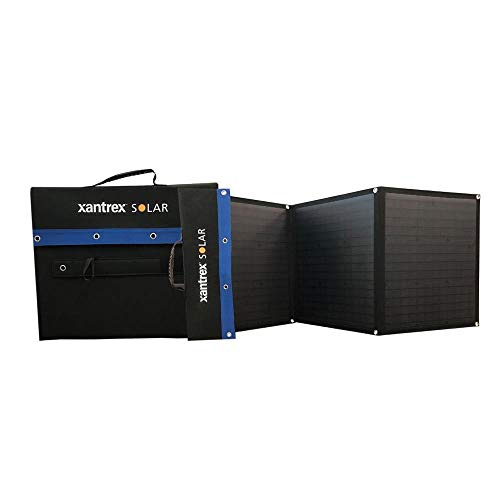AntiGroundhogDay
Well-known member
- Joined
- Dec 1, 2016
- Messages
- 203
- Reaction score
- 0
Here is my 2016 Toyota RAV4 Hybrid I am preparing to full time in. The interior has been built out, the panel (not connected yet) is hidden in the roof rack, and I'm trying to finish off the electrical system (12V only, no inverter). <br>
Previously I installed the 100AH Renogy Lithium Battery and the 50A DC-to-DC & MPPT Charge Controller in my RAV4 Hybrid with 4 AWG wire. I was able to draw on the house battery (it shipped to me at 13.1V), but I was not able to charge it off my 12V starting battery / alternator (I haven't connected to PV solar panel on roof yet). Today I troubleshot....<br>
<br>
Any ideas from the collective?<br>
Previously I installed the 100AH Renogy Lithium Battery and the 50A DC-to-DC & MPPT Charge Controller in my RAV4 Hybrid with 4 AWG wire. I was able to draw on the house battery (it shipped to me at 13.1V), but I was not able to charge it off my 12V starting battery / alternator (I haven't connected to PV solar panel on roof yet). Today I troubleshot....<br>
I first set out to determine if I have a "smart" or "traditional" alternator as the charge controller sees it. Here is the documentation.
<br>My RAV4 Hybrid has three stages of "on" if you will:
<br>1st push of the starting button, no foot on brake pedal = the center LCD infotainment lights up, cig. lighter works, windows don't, HVAC doesn't, dash lights don't light up.
<br>2nd push of the starting button, no foot on the brake pedal = the center LCD infotainment lights up, accessories work, windows work, HVAC works, dash lights light up.
<br>3rd push of the start button, foot on the brake pedal = [size=medium][font=Helvetica, Arial, sans-serif]the center LCD infotainment lights up, accessories work, windows work, HAVC works, dash lights light up and "ready" is light up on the dash, The car is ready to drive and is "running", though the car may decide to not start the engine under certain conditions until it needs to.[/font][/size]
<br>Here is a [size=medium][font=Helvetica, Arial, sans-serif]video[/font] of this process. It appears to me my car's charging system would present itself as a "traditional" alternator according to Renogy's parameters. It does fluctuate somewhat, but it's mostly over 14V.[/size]
<br>After this I documented my system in plans to submit a trouble ticket to Renogy (I described how the shunt was wired incorrectly. It is indeed done correctly in that one side of the shunt goes to ground with all things connected to the system sitting on that post as well, and the other post of the shunt only has the Renogy 100AH house battery connected to it).
<br>[size=medium][font=Helvetica, Arial, sans-serif]After t[/font]his, I noticed my cardinal sin...in trying to be ultra safe, I left connecting the charge controller to the car's starting 12V battery in the trunk for the last step and my dumba_s never completed it! This was why everything seemed fine except the charge controller never saw the alternator. DUH![/size]
<br>I fixed this thinking I was now on easy street and for a second I was, the alternator charging indicator was illuminated on the charge controller and I was getting 13.15V on the 100ah Renogy house battery sometimes (a little lower than my expectations), but I'm tripping the 70A circuit breaker between the charge controller and the 12V starting battery (connected to the alternator and receiving a charge when the car is running of course).
<br>Possible reasons:
<br>- Charge controller is faulty (this is version 1 for Renogy). It should pump only 50A max! Possibly starts out slow and ramps up and eventually trips the 70A breaker?
<br>- Faulty circuit breaker. These are made in China I'm sure, but what electronics aren't?
<br>- Circuit breaker is not large enough, the manual asks for 75A between the charge controller and the alternator/12V starting battery, where as the closest I could find was 70A. Maybe the charge controller is pulling 70+ amps and then it processes it and spits out a max of 50A to the 100AH Renogy house battery? Doesn't seem likely. I thought a 70A circuit breaker would be fine.
<br>- Too many fluctuations in the alternator's output and it is putting out lower than 12.7V and triggering the cutoff, but that still shouldn't trip the circuit breaker.
<br><br>
Any ideas from the collective?<br>




























































